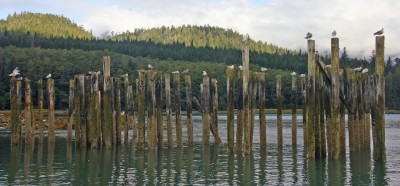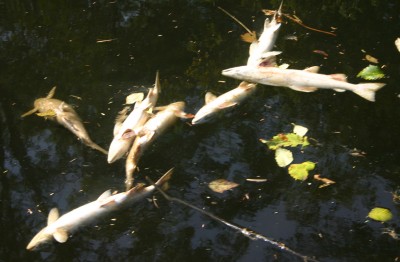I have a
house in the woods of Canada. I go there to pull the plug on the jangle of
everyday life. I go there to find peace but not silence, solitude but not
loneliness.
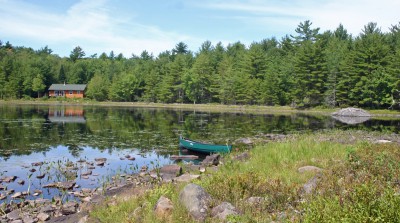
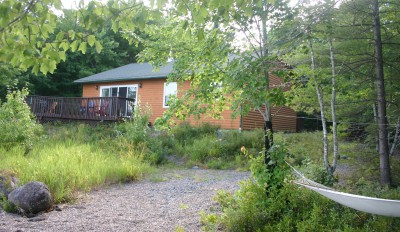
The house
is on Tupper Lake in Nova Scotia, Canada. I call it Nature’s Nest. The house
has all the amenities of modern life and is tastefully built with lots of wood,
space and light.
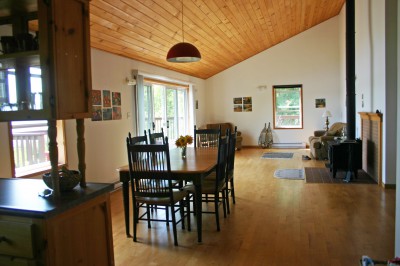
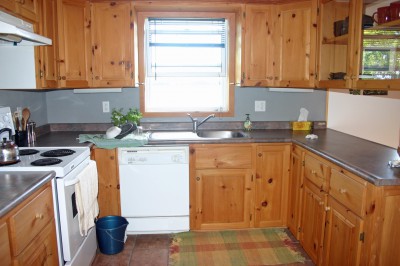
Although
Nature’s Nest is serene it is not necessarily quiet. At night I hear the
explorative rustling and eerie moan of a raccoon and the busy bustling of a
beaver bumbling about in my woods, munching on trees and branches. I hear the
crazy, mournful call of a loon and then another loon, answering it. I hear the
hoot of an owl and the croak of a frog.
Unfortunately,
I also hear mice scamper about inside the house, but I guess if you want
biodiversity you have to accept the whole package. During the day, the mice
still hang around in full view of me. They seem more curious than frightened of
me.
Hummingbirds
hover by the feeders and slurp up sugary water with their long tongues. As if
there was not enough nourishment to go around (there’s plenty!), they dive bomb
each other like little Red Barons with ruby red throats and sparkling green
backs.
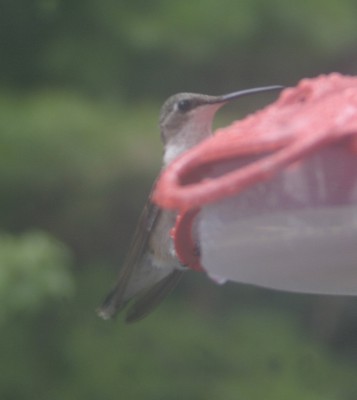
 I train a chipmunk to come closer and closer to me until finally, after
I train a chipmunk to come closer and closer to me until finally, after
a couple of weeks, it clambers up on my outstretched legs and down to my foot
while I am sitting on the veranda with my feet up.
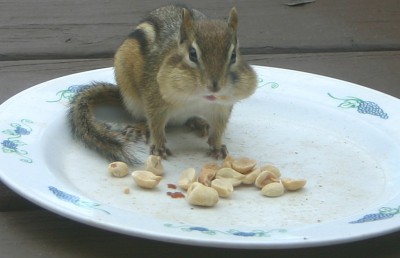
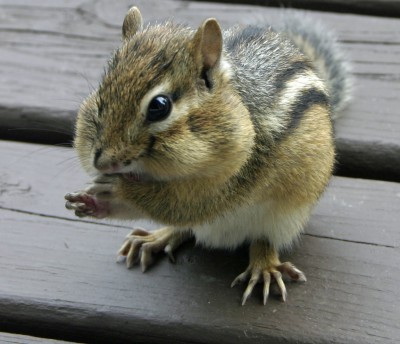
On my first
day at Nature’s Nest I see an osprey gliding over the water, on the lookout for
fish. A day later, while clearing branches from the driveway, I see it perched
in a tree. We make eye contact.
 Another day I spot a couple of deer by the edge
Another day I spot a couple of deer by the edge
of the lake. They wade out to the beaver den and peek in, then wade out further
into the water and start swimming towards me. What a sight! A few days later
one of the deer comes right up to my veranda.
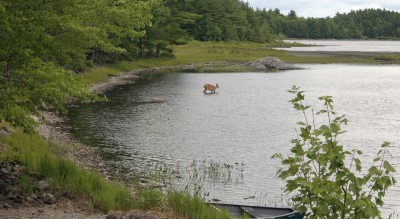
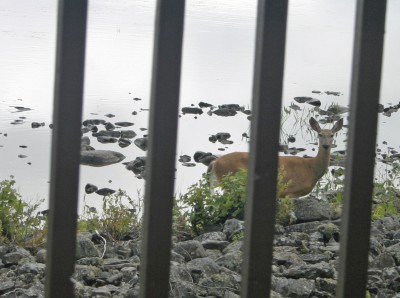
In the
evening, as I wash the dishes, I peer out on the lake and see the beaver
swimming by. It zigzags here and there, seemingly aimlessly, but on a route
that takes it past yummy aquatic plants. It makes a grand circle in front of my
house before returning to the area of its den and then going up on land for
more munchies.
Thus the
days pass at Nature’s Nest. I do some writing. I paint the veranda. I read
voraciously. I hang up pictures, and cook dinner for guests.
 But I am constantly drawn to the veranda, where I stand and look out on the lake, if not at some animals, then the stunning sunrise or the reflection of a full moon shimmering on the water, or the morning mist rising mystically from the calm morning waters.
But I am constantly drawn to the veranda, where I stand and look out on the lake, if not at some animals, then the stunning sunrise or the reflection of a full moon shimmering on the water, or the morning mist rising mystically from the calm morning waters.
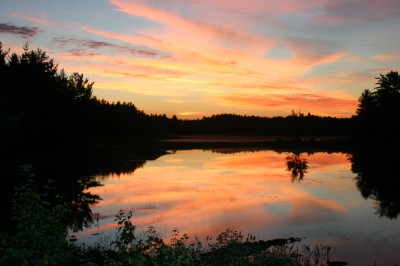
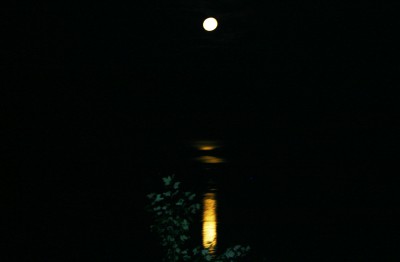
I also go
exploring in my little wood (the property is 2.85 acres) and along the
shoreline. I pass close by the beaver den and hear her (him?) chirp a warning
at me. He (it?) has a whole pile of branches gathered on land adjacent to its
home. I bet most of them came from trees that used to grow on my property until
the beaver felled them.
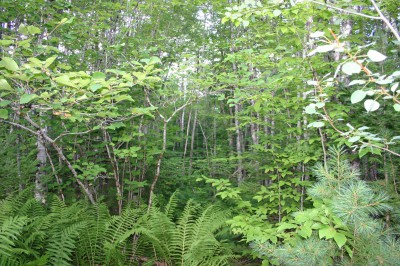
 Wanting to
Wanting to
explore the island across from my house I follow in the footsteps of the deer on
what is now an isthmus leading to a peninsula due to drought. I get seriously
stuck in some very aggressive mud that seems to want to suck me into the lake’s
nether regions. After a somewhat scary tug-of-war between me and the sticky
soil, I escape, covered in muck up to my knees and elbows. Much later on I get
to thinking that this mud would be ideal for clay. It is very elastic and
sticky. Investigating that will be a project for next year. 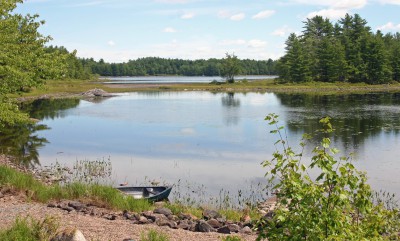
Safely back
on land, I wander up and down the shore, studying the plants. There are loads
of cranberries and sundew. In the water there are arrowroots and lily pads.
That’s about as far as it goes with regard to my being able to name the plants.
So another project for next year will be to botanise properly.
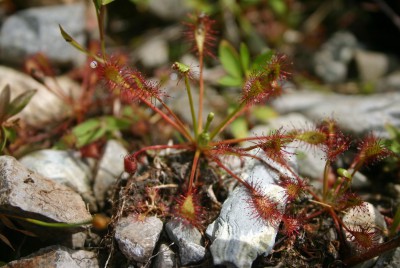
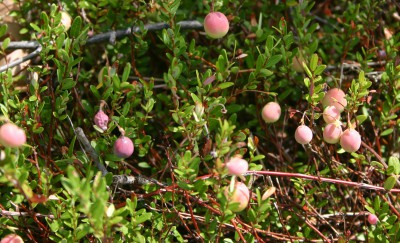
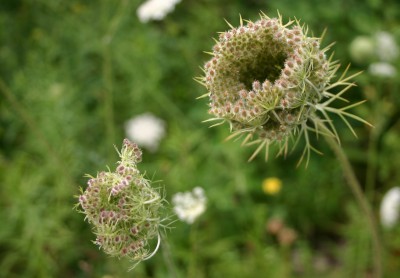
 In the calm
In the calm
of the mornings I go canoeing. Later on, when the days get hot, I go swimming.

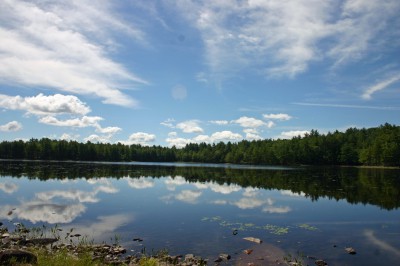
 In between it all I go for walks further down the road. I am told I should
In between it all I go for walks further down the road. I am told I should
carry a stick or something similar in case I meet a bear (!). As I walk I say
out loud, “Hello bear! I am here!” to warn of my presence.
Nature’s
Nest clears my head of everyday nonsense and small-time worries and fills it
with a sense of peace and serenity and big-time thoughts about Nature and Man
and the meaning of it all.
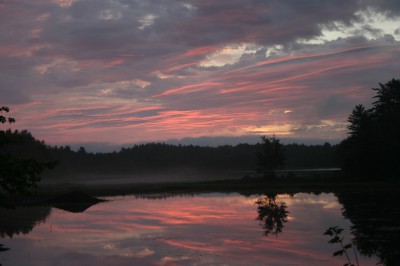


 The autumn hues are a combination of red, orange, yellow, russet and green. The most startling red and orange hues are from the maple trees – mostly sugar maple, I think, which also gift us with tasty maple syrup in the spring. Is it any wonder that the Canadians have chosen to have a maple leaf in their flag?
The autumn hues are a combination of red, orange, yellow, russet and green. The most startling red and orange hues are from the maple trees – mostly sugar maple, I think, which also gift us with tasty maple syrup in the spring. Is it any wonder that the Canadians have chosen to have a maple leaf in their flag?







 In the park’s 404 km2, nature reigns supreme. The hiking paths are cleared and the camping and picnic sites maintained, of course, but otherwise Mother Nature takes care of itself. This results in a dynamic landscape which may change over time, as nature sees fit. Fallen trees provide nutrients for mushrooms, insects and bacteria.
In the park’s 404 km2, nature reigns supreme. The hiking paths are cleared and the camping and picnic sites maintained, of course, but otherwise Mother Nature takes care of itself. This results in a dynamic landscape which may change over time, as nature sees fit. Fallen trees provide nutrients for mushrooms, insects and bacteria. 

 There are forests, lakes, rivers, bogs, marshes, and meadows. Meadows may grow into forests, forests may become open meadows, e.g. due to fire or hurricanes, and beaver activity may flood areas and make them boggy and marshy.
There are forests, lakes, rivers, bogs, marshes, and meadows. Meadows may grow into forests, forests may become open meadows, e.g. due to fire or hurricanes, and beaver activity may flood areas and make them boggy and marshy. 

 Glaciers left behind mounds of soil, so-called drumlins, where the fertile layer was a bit deeper. This is why you often see farms located on hilltops. In Kejimkujik there used to be a farm, but it was taken over by the national park and allowed to revert to its natural state. Now it is beautiful woodland and home to many wild animals.
Glaciers left behind mounds of soil, so-called drumlins, where the fertile layer was a bit deeper. This is why you often see farms located on hilltops. In Kejimkujik there used to be a farm, but it was taken over by the national park and allowed to revert to its natural state. Now it is beautiful woodland and home to many wild animals.











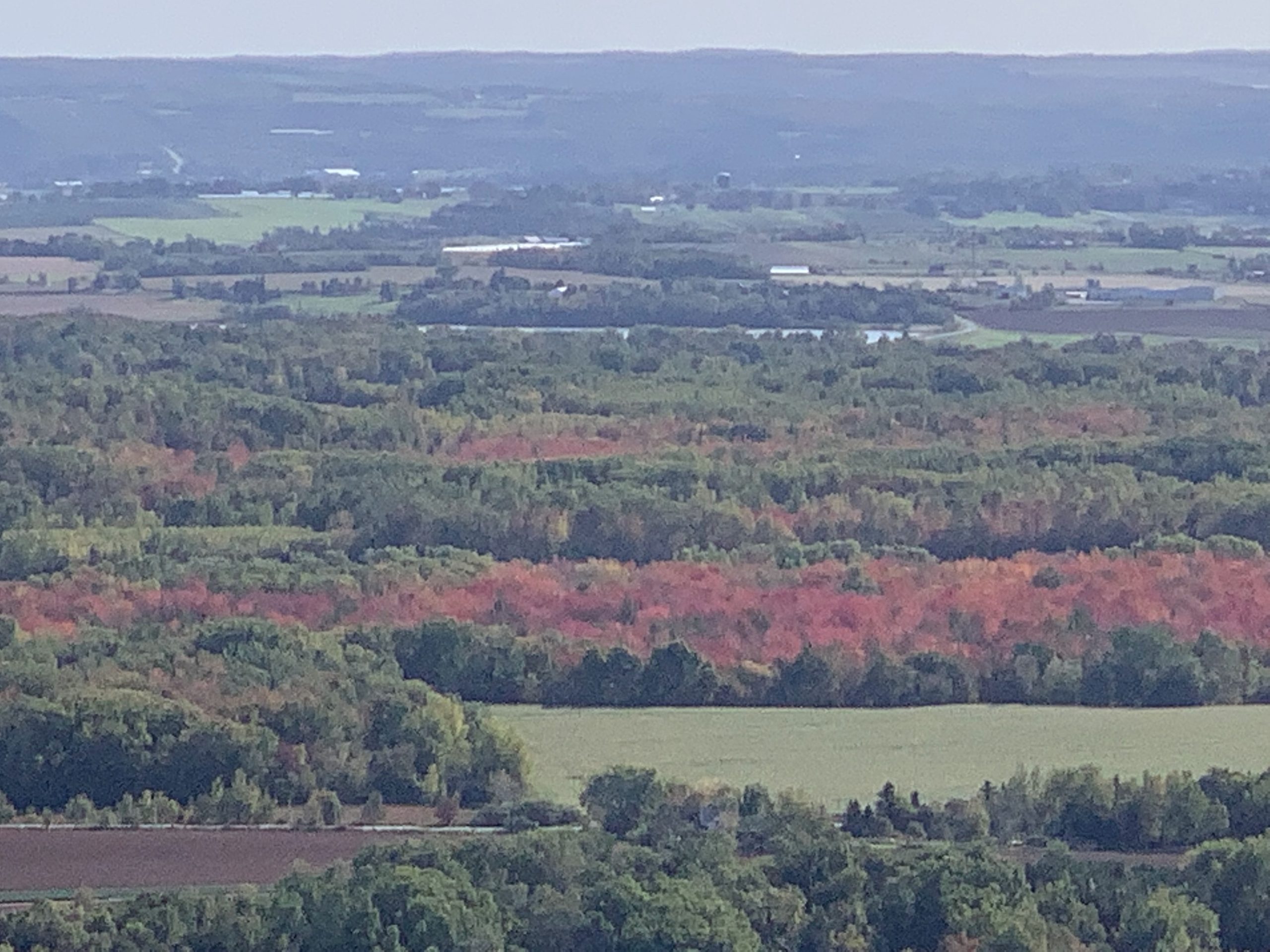
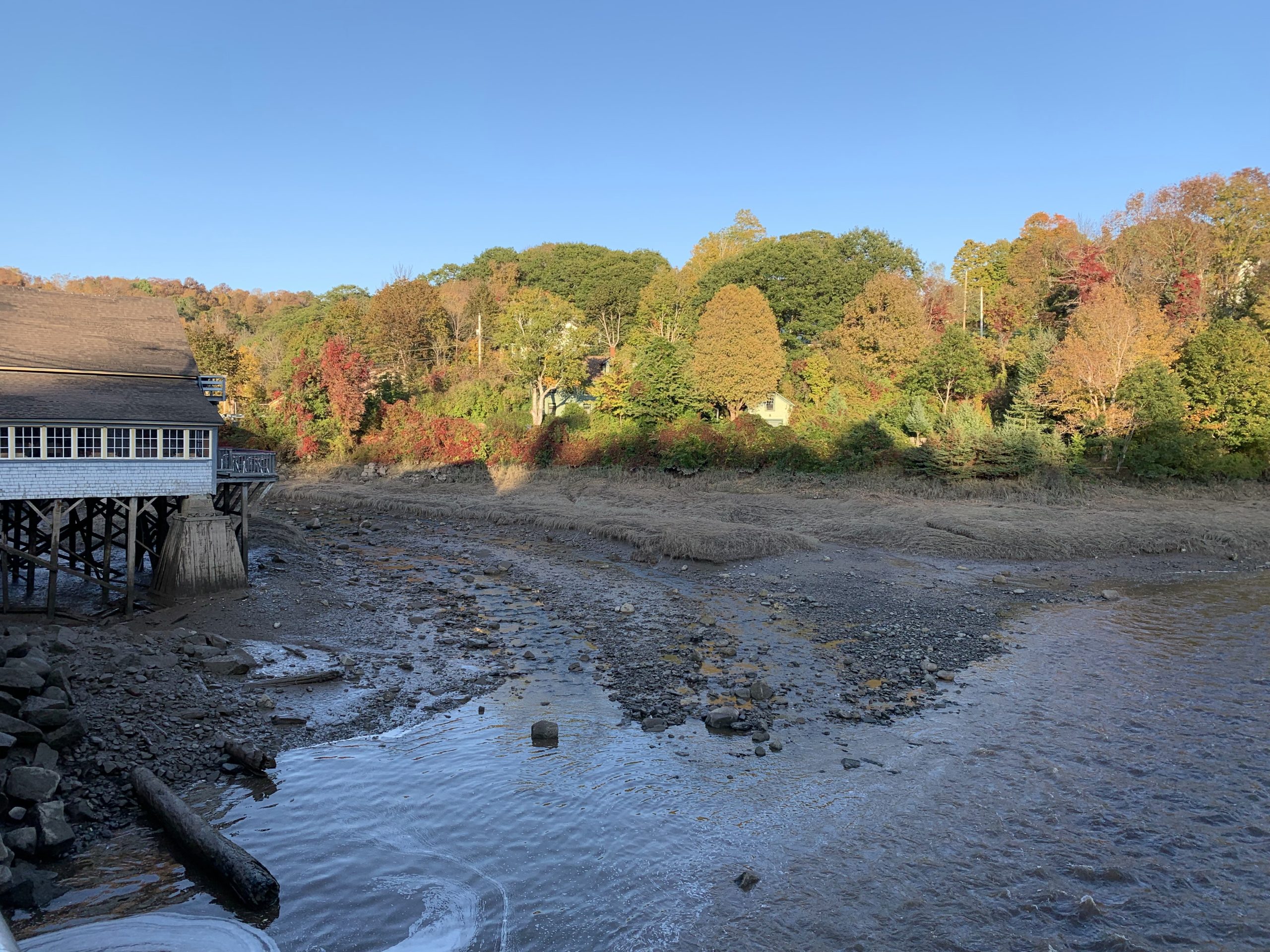 On the way home, dusk begins to fall giving everything a warm glow.
On the way home, dusk begins to fall giving everything a warm glow. 








 Sometimes, when my father was sitting gazing into the middle distance, I would ask him what he was doing. He would say, “Sometimes I sit and think and sometimes I just sit.” Well, that is also how I spend a lot of my time here. Just sitting. Looking at the same view but in different kinds of light.
Sometimes, when my father was sitting gazing into the middle distance, I would ask him what he was doing. He would say, “Sometimes I sit and think and sometimes I just sit.” Well, that is also how I spend a lot of my time here. Just sitting. Looking at the same view but in different kinds of light.


















 At Nature’s Nest, my cottage on Tupper Lake in Nova
At Nature’s Nest, my cottage on Tupper Lake in Nova The two of us enjoy the quiet evenings on the lake. I
The two of us enjoy the quiet evenings on the lake. I She is not alone in her beaver lodge, though. During
She is not alone in her beaver lodge, though. During The beavers meander from lily pad to lily pad,
The beavers meander from lily pad to lily pad, I like the idea of sharing my wood with a beaver and
I like the idea of sharing my wood with a beaver and I peer through the trees (on the right in the photo above) and spot what looks like two thick,
I peer through the trees (on the right in the photo above) and spot what looks like two thick, Wild asters, sundew, cranberries, blueberries, Virginia
Wild asters, sundew, cranberries, blueberries, Virginia







 I train a chipmunk to come closer and closer to me until finally, after
I train a chipmunk to come closer and closer to me until finally, after

 Another day I spot a couple of deer by the edge
Another day I spot a couple of deer by the edge

 But I am constantly drawn to the veranda, where I stand and look out on the lake, if not at some animals, then the stunning sunrise or the reflection of a full moon shimmering on the water, or the morning mist rising mystically from the calm morning waters.
But I am constantly drawn to the veranda, where I stand and look out on the lake, if not at some animals, then the stunning sunrise or the reflection of a full moon shimmering on the water, or the morning mist rising mystically from the calm morning waters. 


 Wanting to
Wanting to



 In the calm
In the calm

 In between it all I go for walks further down the road. I am told I should
In between it all I go for walks further down the road. I am told I should


